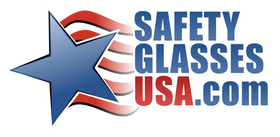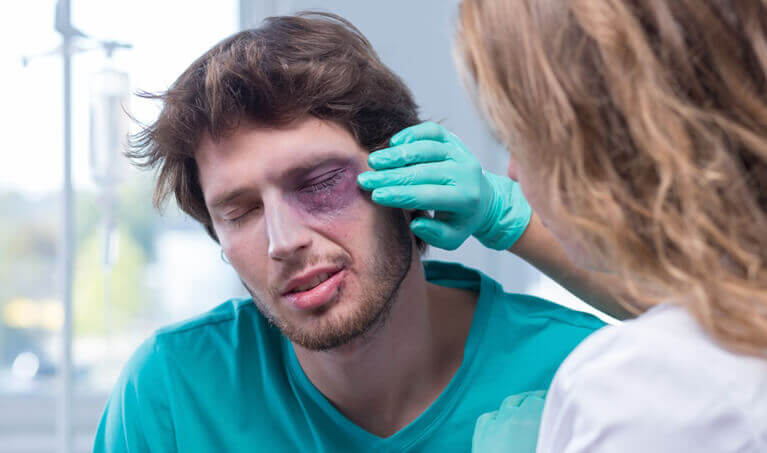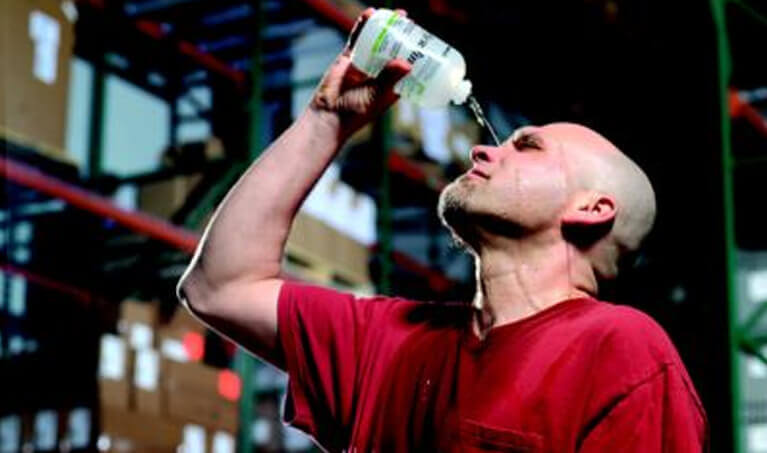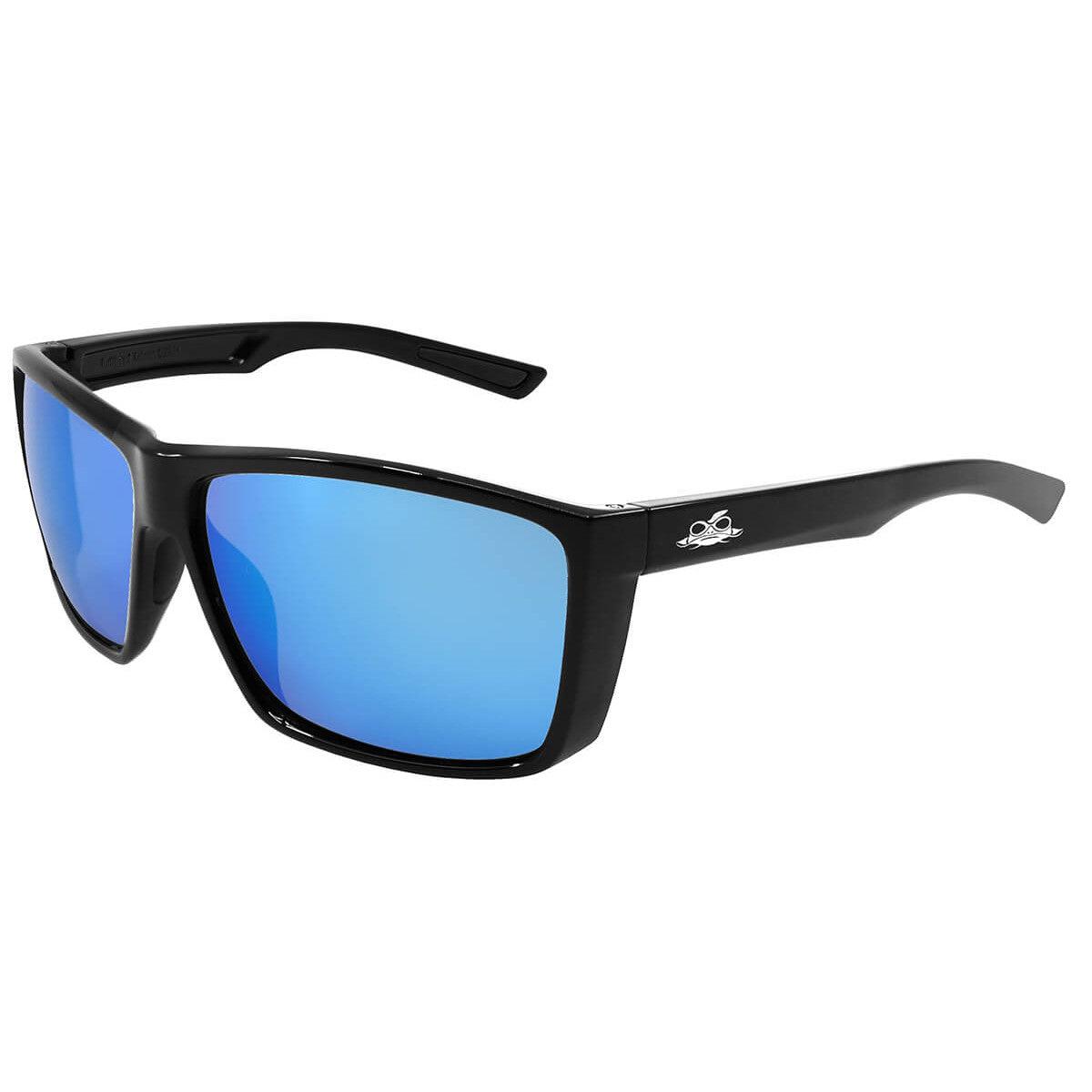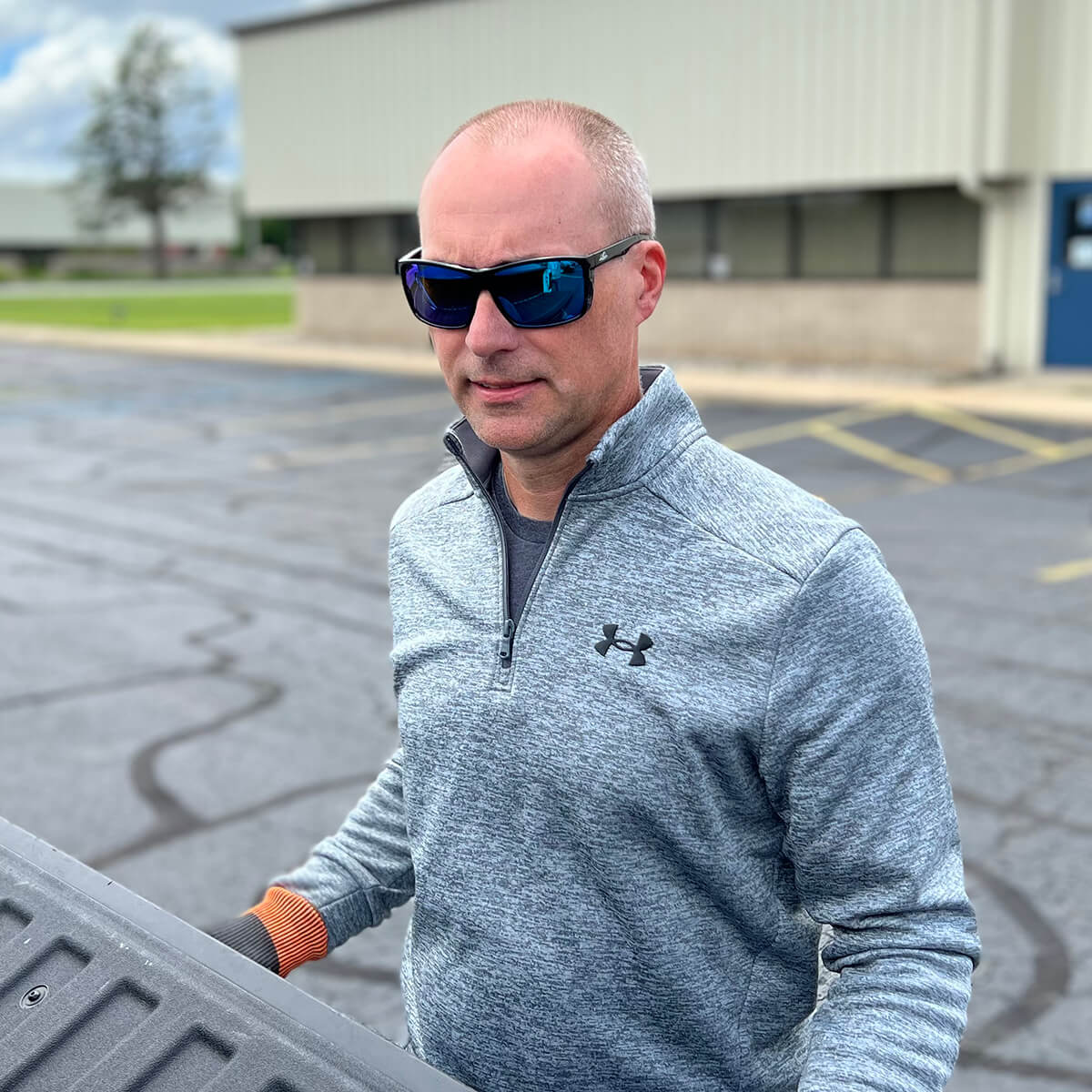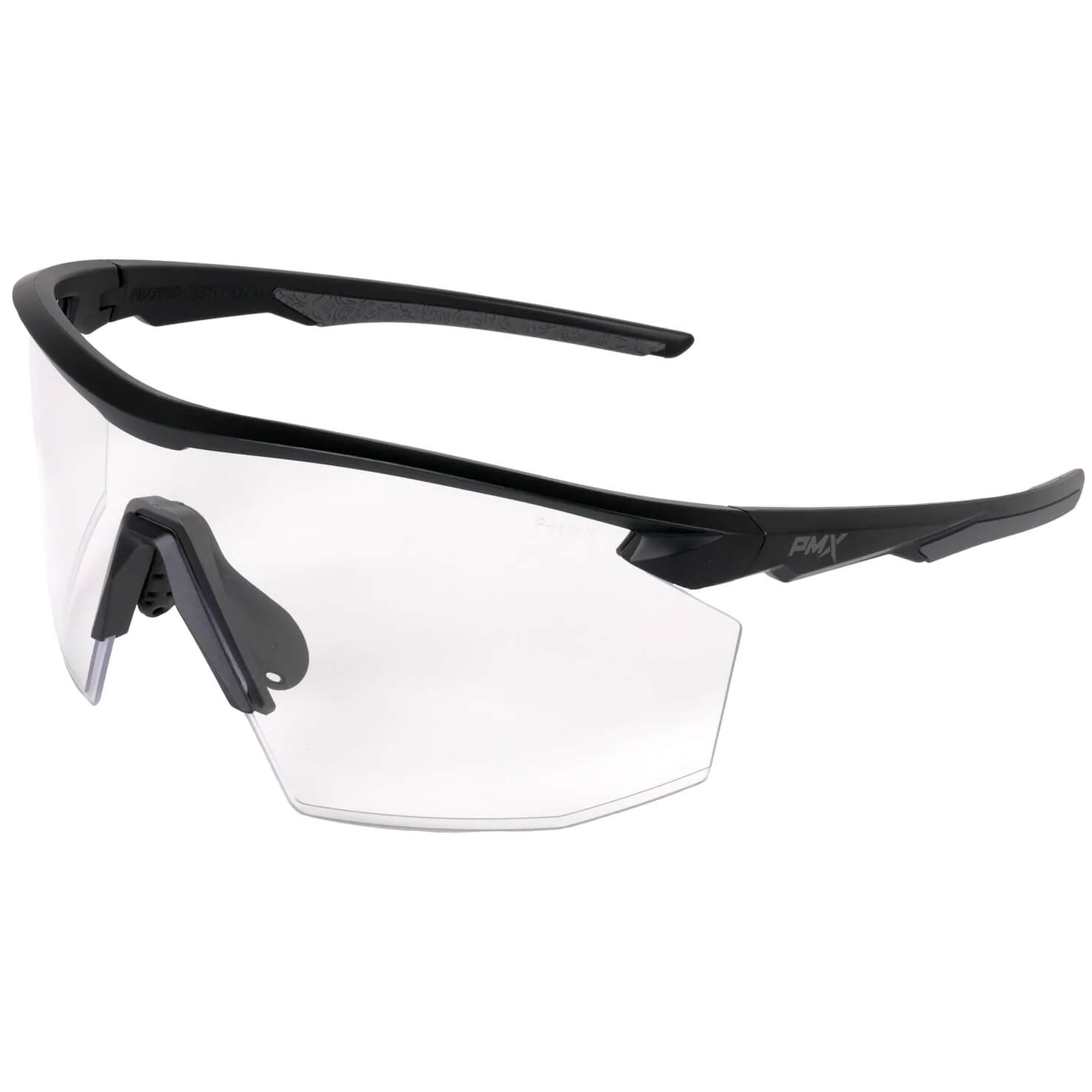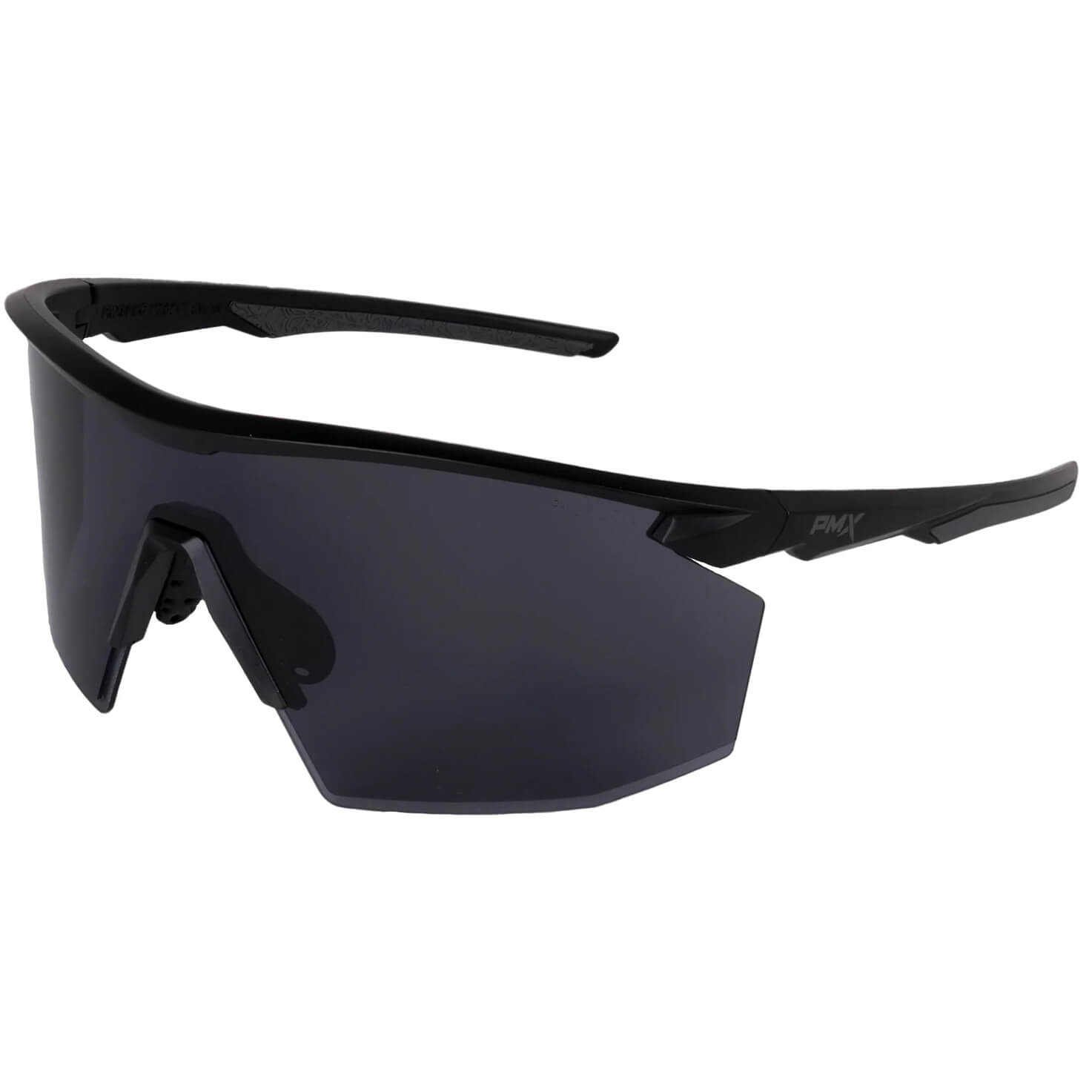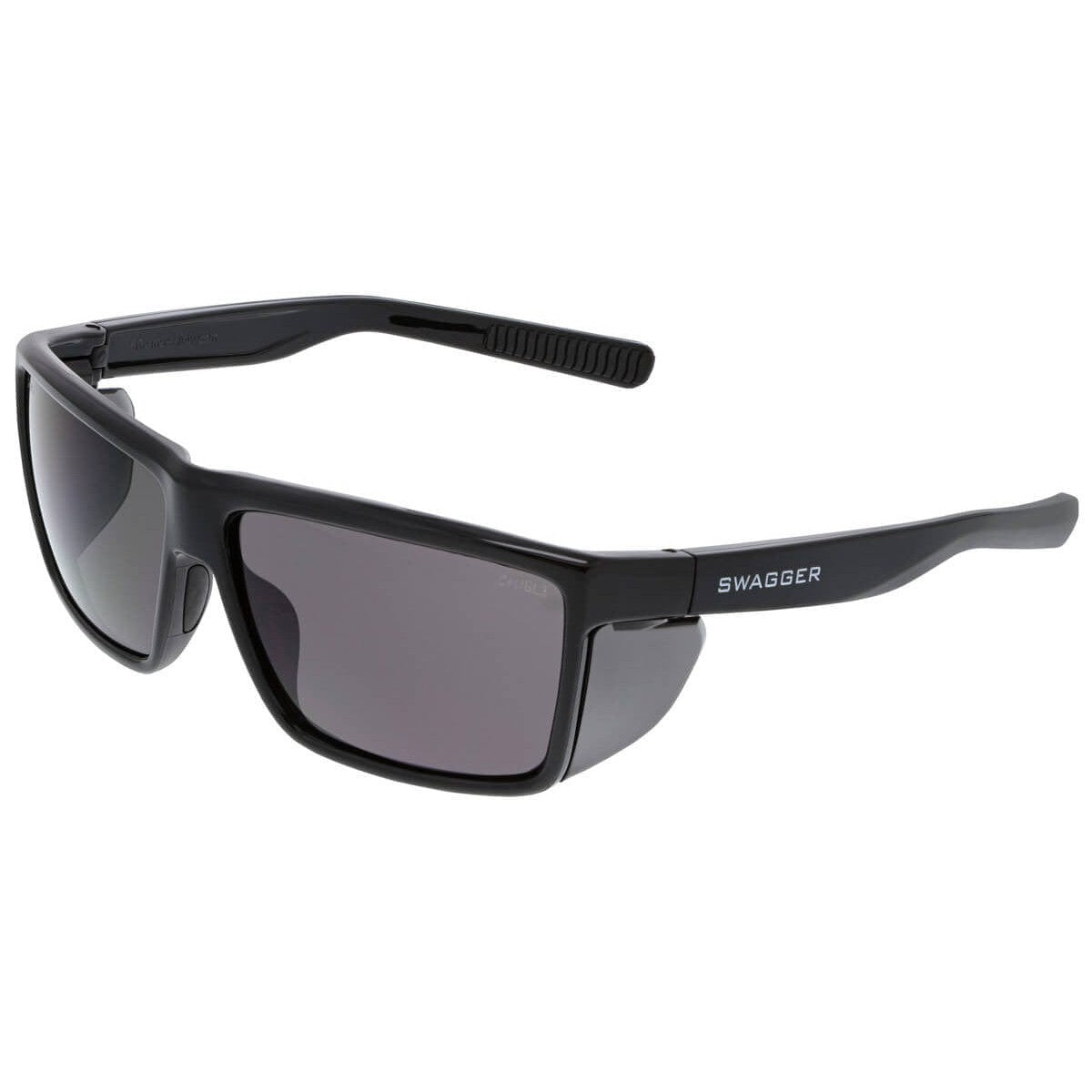Eye Emergencies are Common
The CDC states, “Each day, about 2000 US workers sustain a job-related eye injury that requires medical treatment.” In addition, WebMD reports that “50,000 Americans permanently lose all or part of the vision due to injury yearly.” But the statistic that really blows our minds is the number of eye injuries at home. Nearly half of all eye injuries (44%) happen at home, compared to 15% in the workplace.
Planning and Quick Action are Key
Quick action is always critical to a successful outcome in an eye emergency. Because the eye, in particular, is so easily damaged, if left untreated, injuries such as debris in the eye, cuts, punctures, chemical burns, and blunt trauma can lead to temporary or even permanent blindness. Save valuable time and prevent vision loss by staying cool-headed and preparing to take prompt, appropriate action.
Three Important Steps to Take Before an Eye Emergency Occurs:
- Stock a first aid cabinet with a rigid eye shield and commercial eyewash.
- Post the following “DOs and DON’Ts” inside the first aid cabinet or a free First Aid for Eye Emergencies sticker. Review these guidelines often.
- Post emergency phone numbers in large print with clear instructions for how to seek immediate medical attention.
The DOs and DON’Ts While Awaiting Medical Assistance
After medical help has been called, follow these critical steps while waiting for support:
Debris in the Eye
- DO NOT rub the eye or apply pressure.
- DO NOT try to remove the debris by touching the eye.
- DO try lifting the upper eyelid outward and down over the lower lid.
- DO try to let tears wash specks away or try to flush them out with an eyewash.
- If the debris cannot be washed away, DO keep the eye closed, bandage it loosely with gauze or a cloth patch, and seek prompt medical attention.
Blunt Trauma (A Blow to the Eye)
- DO NOT put any heavy pressure on the eye.
- DO apply a cold, light compress. A small amount of crushed ice in a plastic bag can be taped to the forehead to rest gently on the injured eye.
- DO seek immediate medical care for pain, reduced vision, or a black eye. These symptoms could indicate internal eye damage.
Cuts and Punctures to the Eye or Eyelid
- DO NOT wash out the eye with water or any other liquid.
- DO NOT apply pressure.
- DO NOT try to remove any object stuck in the eye.
- DO cover the eye with a rigid shield. The bottom half of a paper cup may be used.
- DO seek emergency medical care as quickly as possible.
Chemical Burns
In all cases of eye contact with chemicals:
- DO NOT use an eyecup.
- DO NOT bandage, touch, or rub the eye.
- DO immediately flush the eye with water or drinkable liquid for at least 15 minutes. Keep the eye open, hold it under a faucet or shower, or pour liquid into the eye using a clean container. If a contact lens is in the eye, flush over the lens even if this washes the lens away.
- DO protect the uninjured eye from the contaminated water.
- DO seek immediate medical treatment while continuing the 15-minute flushing.
DO use Safety Eyewear to Prevent Eye Injuries
An ounce of prevention is worth a pound of cure, so appropriate eye protection should be worn for all hazardous activities at home and on the job. Home improvements and repairs, crafts and hobbies, car repair and maintenance, and yard and garden cleanup are a few examples of times when safety glasses are crucial at home. Remember to always wear your safety eyewear at work when required.
Many of our favorite sports require protective eyewear for maximum enjoyment and safety. The American Academy of Ophthalmology recommends sports eye protection for the following recreational activities:
- Basketball, Soccer, and Tennis – Sports goggles with polycarbonate lenses.
- Baseball or Softball – Polycarbonate or wire face guards on batter’s helmets and sports goggles with polycarbonate lenses on the field.
- Field Hockey – A full face mask for the goalie and sports goggles with polycarbonate lenses on the field.
- Football – A polycarbonate eye shield attached to a wire face mask.
- Ice Hockey – Helmet with full-face protection.
- Men’s Lacrosse – Helmet with full-face protection.
- Women’s Lacrosse – Full-face protection, sports goggles with polycarbonate lenses or wire mesh.
- Paintball – Full-face protection.
- Racket Sports – Sports goggles with polycarbonate lenses.
- Skiing – High-impact resistant eye protection or sports goggles with polycarbonate lenses. UV resistance is also a must.
If you take eye safety seriously, you should never experience a painful eye injury. But accidents do happen. Knowing what quick emergency action steps to take for yourself or someone else may save one of the most precious gifts we’re born with. Our sight.
